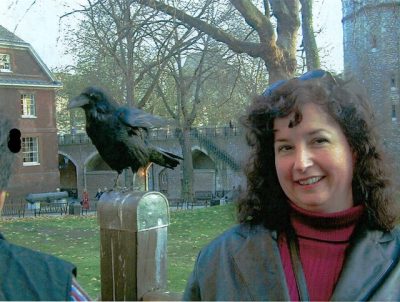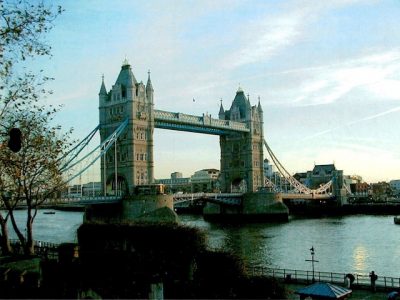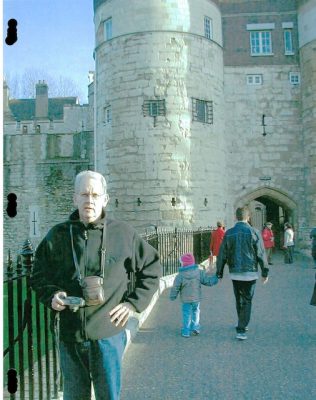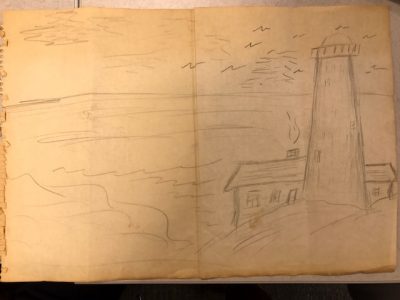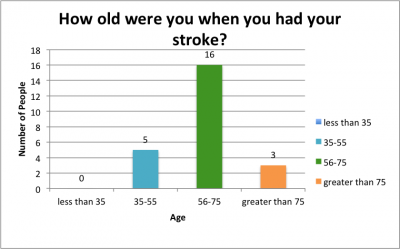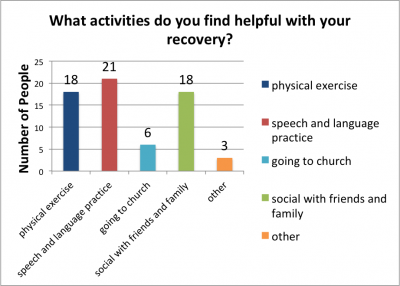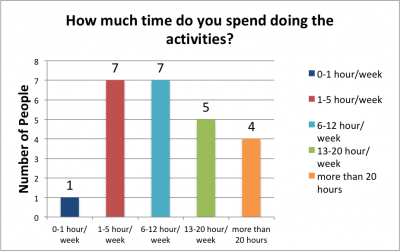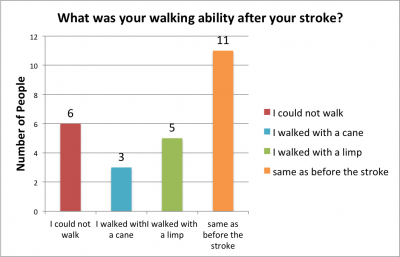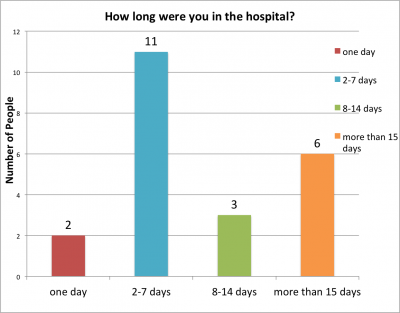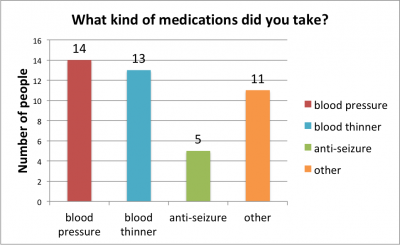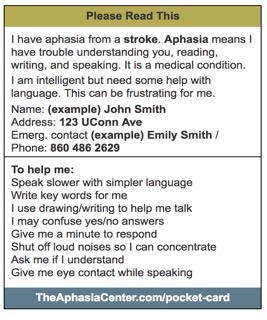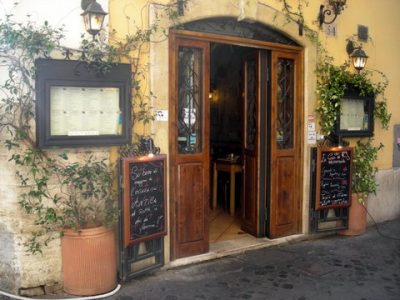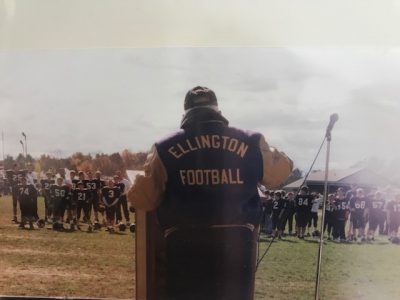I originally started to keep Bees in Lakewood, Colorado gradually increasing the number of hives from one to eight and as a consequence the honey from a few pounds at first to over three hundred pounds last year.
Towards the end of the last season my wife suggested if I was looking to retire that moving to New England was a favorable place to look at. She had been a visitor with our grandson, Ryker, to the Thomas the Tank Engine Theme Park in the outskirts of Boston. She fell in love with the are, describing it as a winding roads, trees and a series of small towns and villages. An England on steroids, which meant something to us as we were both born and raised in Yorkshire, England coming over to America in 1998 as potential immigrants.
After a short time we put an offer in for a location, as we though originally in Hampton, site unseen and after a counter offer we agreed on it. It was a surprise that after we had purchased the house we reviews the small print and found that the zip code was only for the USPS to deliver mail and in fact we had purchased a house with a different zip code in Scotland, fancy that, an Englishman being deceived that he was purchasing a house in Hampton when in fact it was Scotland,
Anyway, I had to make a choice of whether or not to bring my bees over to the new location. One part of me was doing the math of trying to do the journey in one, collecting the bee hives at dusk then driving 2,000 miles without stopping. The other option was to sell the beehives and bees and re-start in Connecticut. I did not know where to go with this people were in the Bee Club did not have a clear opinion either and time was coming to an end of my life in Colorado. On the 20th of June I was admitted to St. Anthony’s Hospital suffering a stroke, I was kept overnight and discharged the following day. The house was closing on the 7ith of July, so that at least resolved the Bee issue, they were for sale along with the hives and I was going to start all over again.
So, I have my boxes, roofs, frames and foundations to start, plus over eleven hundred dollars to buy anything else including bee packages.
I am buying four bee packages. That way I can tell if my beekeeping ability has remained in spite of my stroke resulting in a mild aphasia. The issue with the beekeeping is the lack of altitude in Connecticut. I have only kept bees in Lakewood, Colorado and the altitude with a very dry climate is nothing like in Connecticut. I became a member of the Eastern Connecticut Beekeepers and they have a course in February, mainly for new beekeepers, about the trials and tribulation of becoming involved with the hobby.
The boxes, with frames and foundations are primarily only good to harvest honey but the bees need to have a supply of pollen and honey year round, especially in winter. This I need to do first and traditionally it is in two supers with 10 frames. I do not know how many supers I have brought from Colorado but if I do not have enough I will replace the two supers with three mediums. That is equal in volume and it allows me to use the bees drawn out foundation to help accelerate the bee production of honey for them and make my supply of honey a better chance of success.
Also there are mites that affect the bees but they have antibiotics and these are applied in various forms three times a year. One thing I need to find out is what, if any, treatments work and more importantly don’t work.
Wish me good luck and you never know if you see somebody selling honey at a farmers market it may well be me.
|
